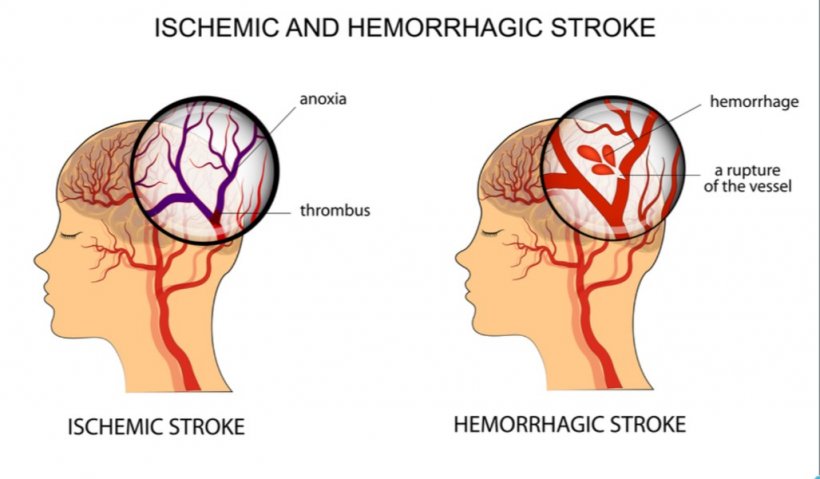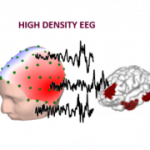
Quelle: Shutterstock / Artemida-psy
News • Stroke action plan for Europe
Major reduction in new strokes until 2030
European Stroke Organisation (ESO) and Stroke Alliance for Europe (SAFE) initiated the implementation phase of the Stroke Action Plan for Europe 2018-2030, with a virtual meeting of over 80 experts from 52 countries, each involved within their national scientific societies or stroke support organisations.
The Stroke Action Plan sets targets for 2030 that include a major reduction in new strokes, stroke unit care as first level of care, and national plans for stroke services. At present, less than half of all patients with stroke in Europe receive appropriate care, with large inequalities between and within countries. By adopting evidence based principles of prevention and care, the burden of stroke in Europe can be substantially reduced with large cost savings for the society.
In his introduction, ESO President Prof. Martin Dichgans, Munich reinforced the initiative’s overall goal of creating a framework that will assist countries to improve stroke care across Europe. It is “only with the involvement, collaboration and joint effort of you, the representatives of national scientific societies and patient organisations, that this aim can be achieved”, he said.
Recommended article

News • high-density EEG
A deeper look inside the brain
Understanding the source and network of signals as the brain functions is a central goal of brain research. Now, Carnegie Mellon engineers have created a system for high-density EEG imaging of the origin and path of normal and abnormal brain signals.
The SAP-E Steering Committee presented detailed insights regarding the preparation work and achievements to date as well as an outlook for the upcoming years. Arlene Wilkie, SAFE Director General, identified the major unmet needs from the perspective of patients and carers in the different regions of Europe. Prof. Hanne Christensen, Copenhagen outlined how the Stroke Action Plan shall be implemented on a national level: “By signing a SAP-E declaration, Ministries of Health, Stroke Support Organisations and Stroke Scientific Societies commit to support and act proactively within the plan in their countries to reach the targets of SAP-E”. Components of the plan include prevention, care, surveillance, and monitoring of key performance indicators across Europe. As a pan-European initiative, SAP-E will convene authorities, health care providers and patients together to reduce the burden of stroke by a collaborative and systematic effort. The SAP-E is the largest stroke project ever undertaken in Europe.
Source: ESO
13.09.2020











